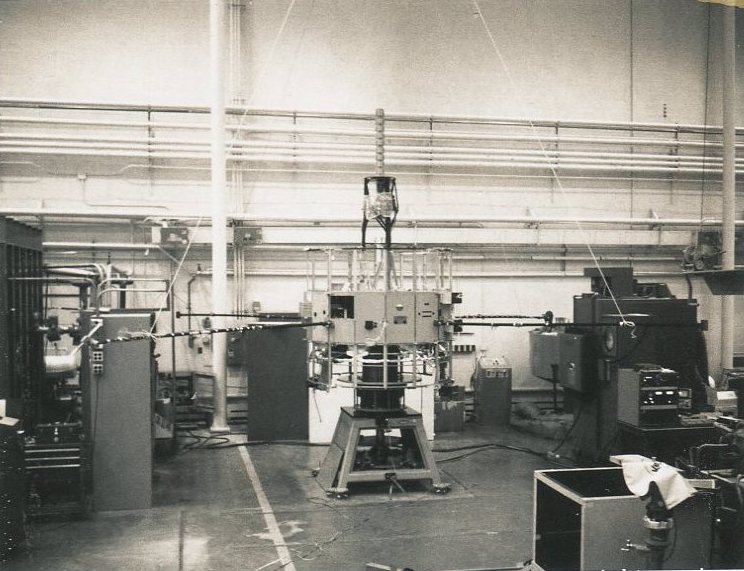ISEE-3 Engines Fired (Update)

 Keith’s 2 July note: We just fired the engines on ISEE-3 to perform a spin-up burn. Preliminary results confirm the burn and a change in rotation. The spin rate was originally 19.16 rpm. It is now at 19.76 rpm. The original mission specifications call for 19.75 +/- 0.2 rpm – so we are exactly where we wanted to be.
Keith’s 2 July note: We just fired the engines on ISEE-3 to perform a spin-up burn. Preliminary results confirm the burn and a change in rotation. The spin rate was originally 19.16 rpm. It is now at 19.76 rpm. The original mission specifications call for 19.75 +/- 0.2 rpm – so we are exactly where we wanted to be.
 Keith’s 7 July update: We are planning to try and do our Trajectory Correction Maneuver burn tomorrow. Arecibo window extends from 12:42pm – 3:29pm EDT. Follow along at @ISEE3Reboot
Keith’s 7 July update: We are planning to try and do our Trajectory Correction Maneuver burn tomorrow. Arecibo window extends from 12:42pm – 3:29pm EDT. Follow along at @ISEE3Reboot
– ISEE-3 Reboot Project Mission Control Team (photo)
– Jóvenes por el Espacio Grupo México Listens to ISEE-3
– ISEE-3 Current Location 3 July 2014




Keith:
Now you have a spacecraft! without working engines, it’s just a sensor platform. Any idea how much delta v is left in the old sod?
Also, this endeavour is a testament of how robust analog circuitry is. You said before that this bird didn’t have a computer, Therefore, all the systems are essentially analog, like a 1960’s ham radio set (which could do a lot!). Analog circuitry tends to fail gracefully. Has your team been able to measure any degradation besides the failed battery or loss of solar panel efficiency?
tinker
Yes, have to say later, busy with docs…. Mostly failures in the digital circuits and comm system.
Heck the dang spacecraft has taken well over 5X its design radiation dose. and over 1.3 megarads for the solar array. It is still production 93% of the energy that it did in 1980.
It’s amazing the spacecraft was found to be still in such good operating condition — 1.3 megarads is quite a dose. Any figures on what percentages of this may have come from CMB cosmic rays verses solar origins?
Not to rain on your parade, but your assumption that no computer = analog circuits is a bit off. (discovered pun!) Pretty sure there are non-analog digital circuits which don’t involve a digital computer. Also, there are analog computers as well! Cheers!
There are plenty of digital circuits on the spacecraft. There is even one microprocessor for an experiment (an 1802 I am told). They are all 4000 series CMOS MSI IC’s.
Fantastic. Well done guys and also a credit to the people who designed and built the spacecraft.
Cheers.
Congratulations guys. Well done.
We need the “whoa” video for this one
http://youtu.be/qjBRNqwDPrU
Its so good to see this old bucket coming back to life. Hurrah!